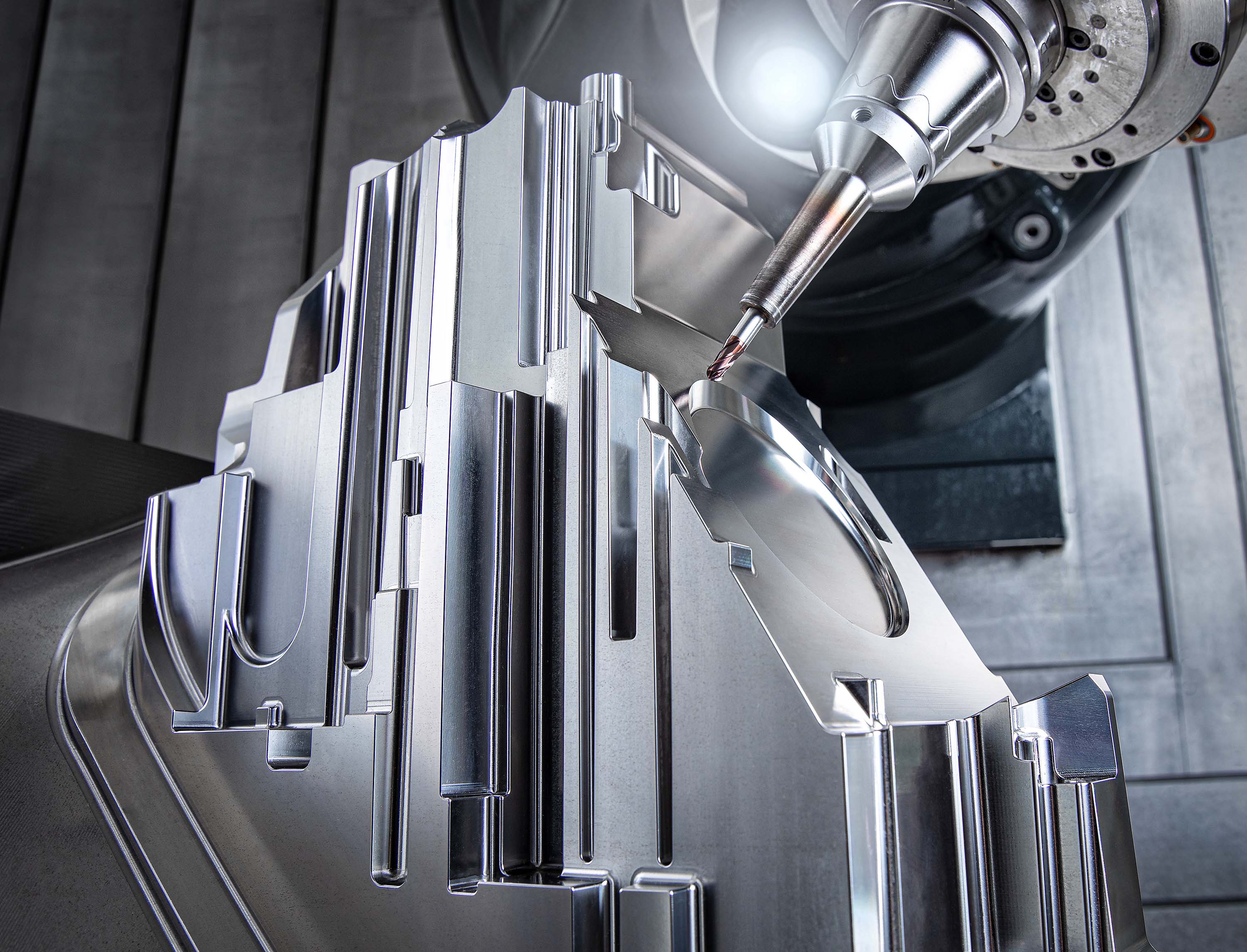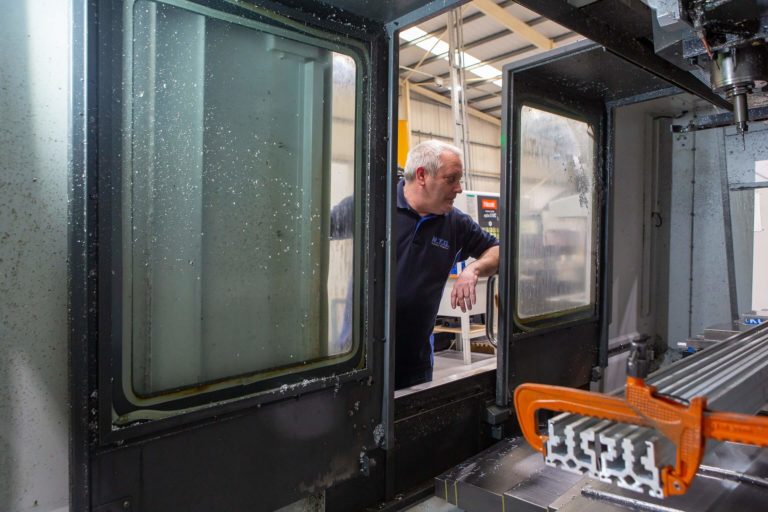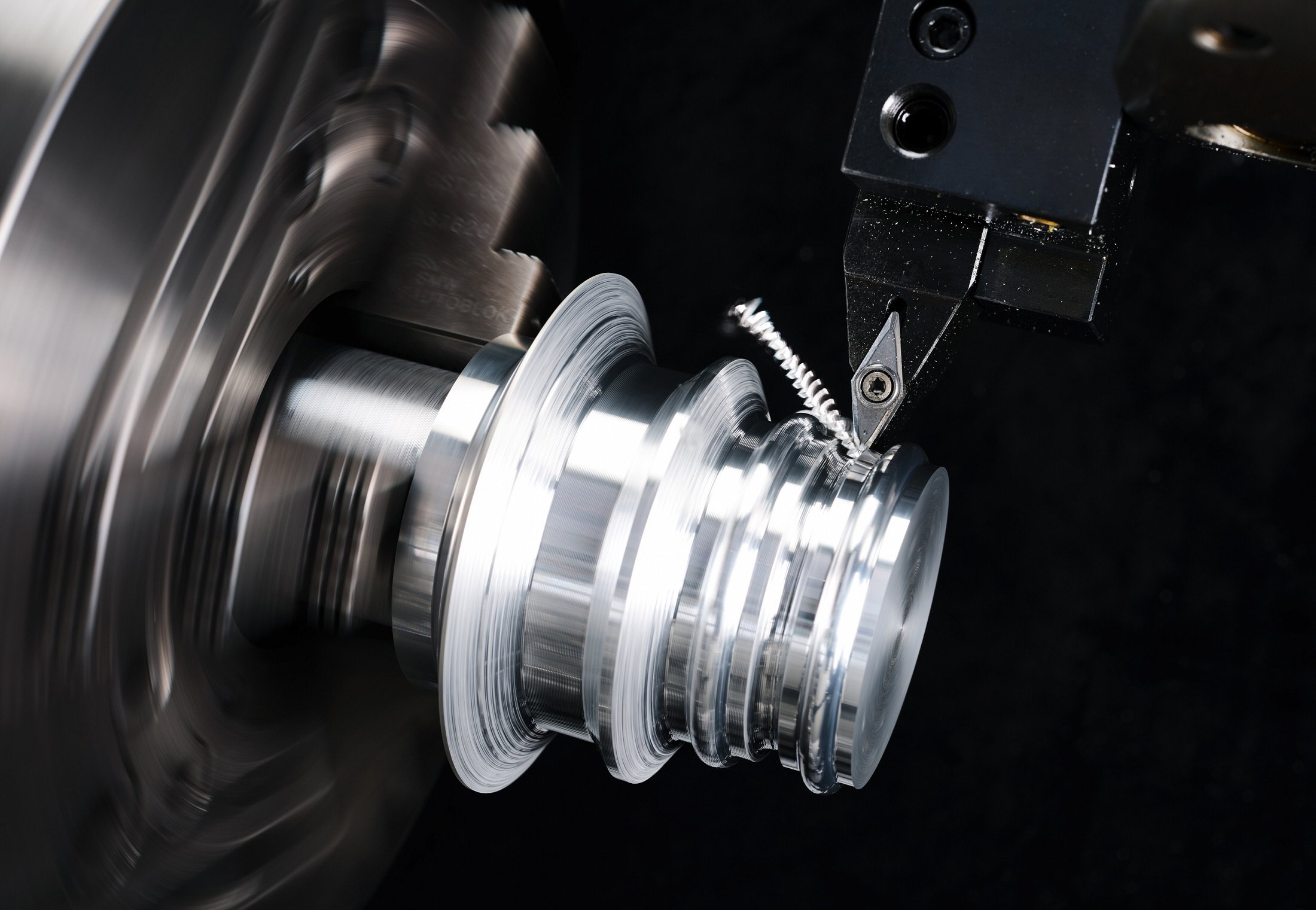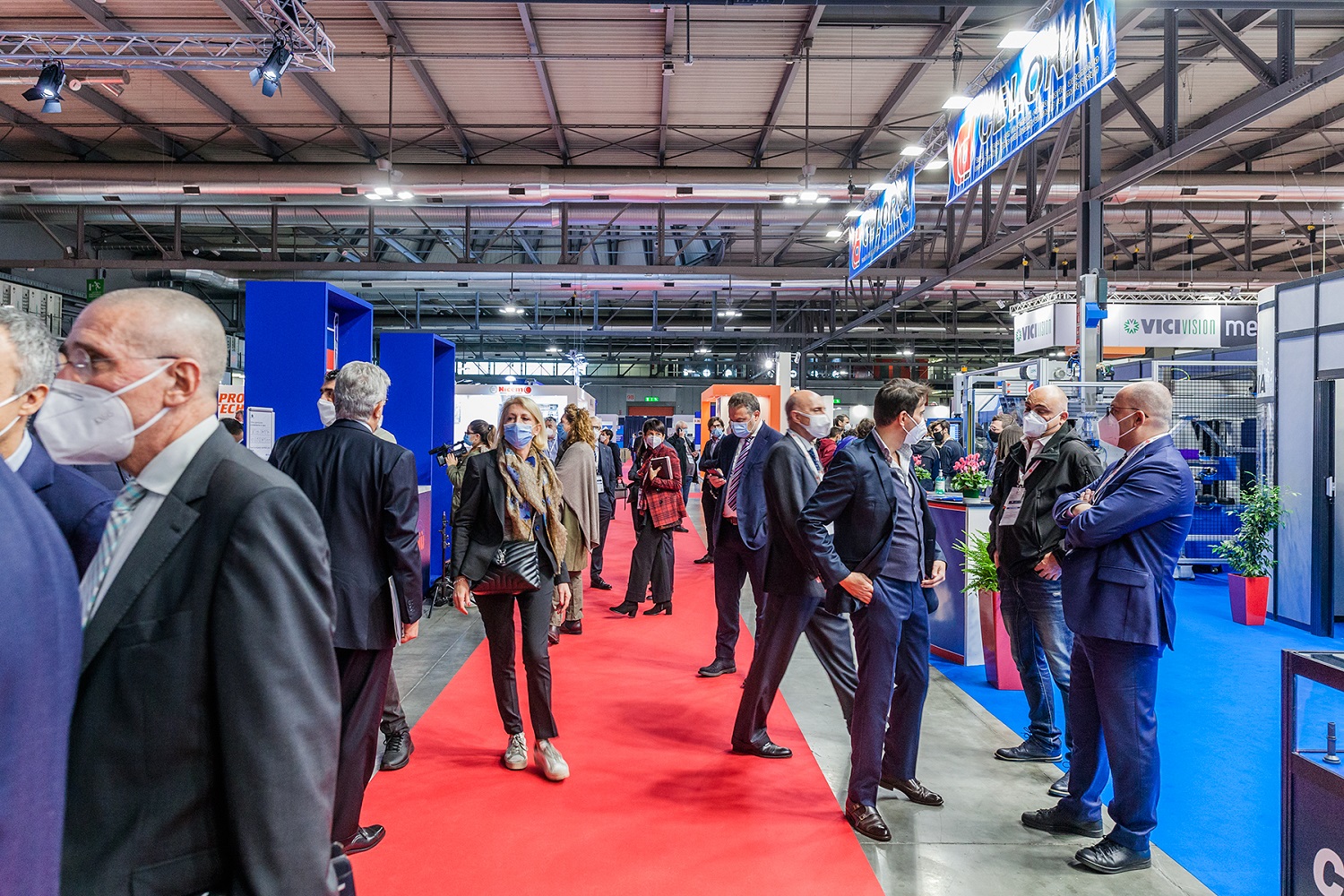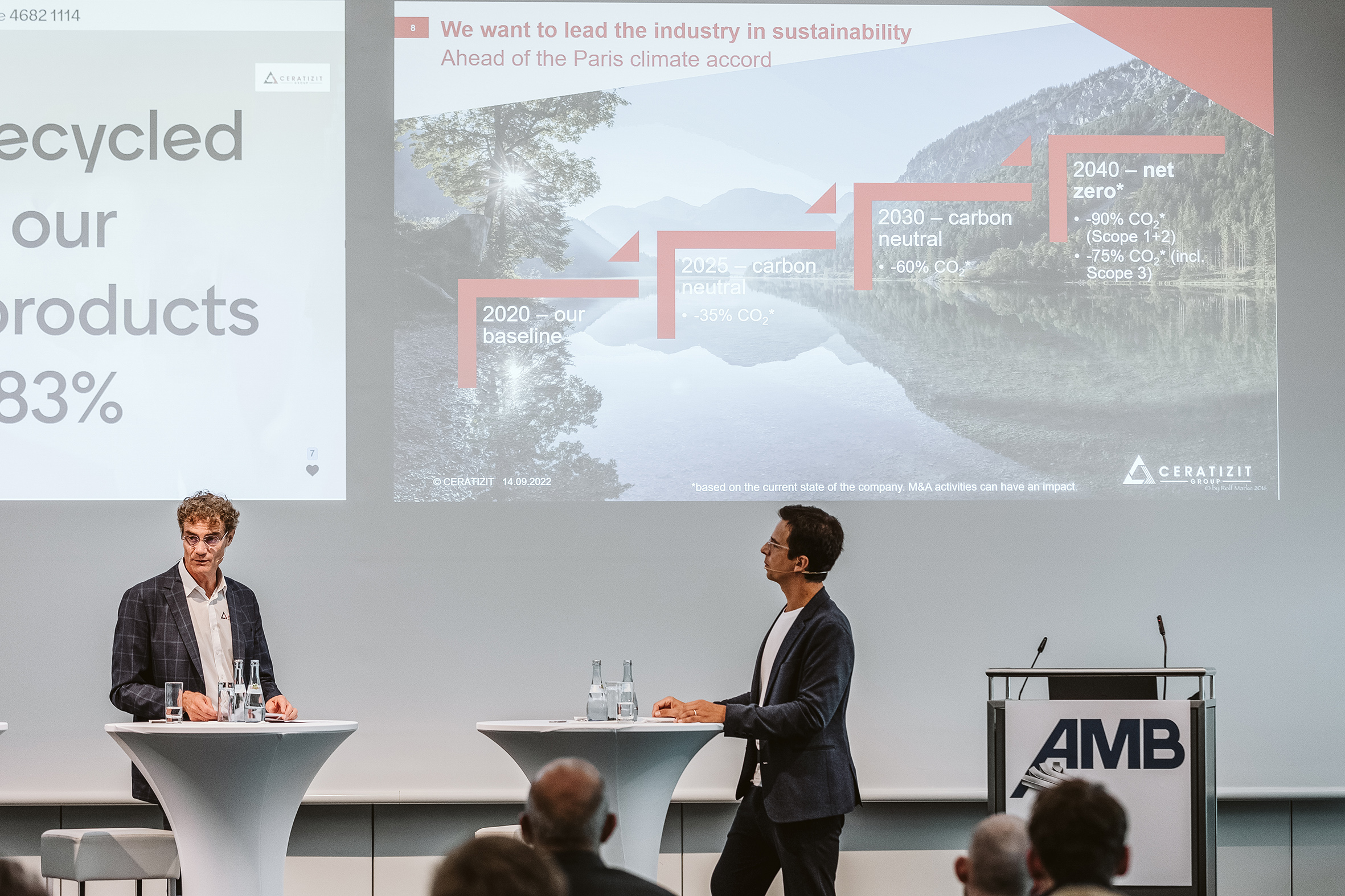To highlight the numerous solutions it offers for milling freeform surfaces, German tooling manufacturer Horn points to a recent application involving the machining of a plastic injection mould for mass producing the lens for a headlamp. The large number of surfaces, shoulders and radii required the use of many different tools.
The customer used high-feed milling cutters with indexable inserts from Horn’s DAH 8 system to rough the mould, subsequently employing different variants of solid-carbide end mills from the Horn DS tool system for finishing. In addition to various diameters of ball-nose end mills, the customer also used circle segment end mills. The advantage of the latter, in contrast to ball or torus milling cutters, is that fewer passes were required to achieve a given freeform surface quality, reducing cycle time.
In the medical sector, a customer produced a complex titanium implant using a five-axis machining centre with Horn DS titanium milling cutters. The shape of the implant comprised numerous freeform surfaces, had about 20 different radii and contained many fillets arranged at different angles. A milling cutter of 10 mm diameter and with a corner radius of 0.2 mm and another of 6 mm diameter with a 0.5 mm corner radius completed the roughing. For finishing, the customer used a 1 mm diameter end mill.
DS cutters of 10, 6, 4, 2 and 0.6 mm diameter performed other operations on the implant, along with a 2 mm diameter ball-nose end mill and a DCG solid-carbide, coated thread mill with three cutting edges. In a single pass, the tool mills an M3.5 x 0.5 through-hole thread, which is 8 mm deep and inclined at 35°. Milling two tapered recesses proved to be highly challenging. The 43° taper is about 2 mm and must end in a geometrically perfect apex, but the customer met these requirements using a Horn micro-milling cutter for both roughing and finishing passes.
For further information www.phorn.co.uk






